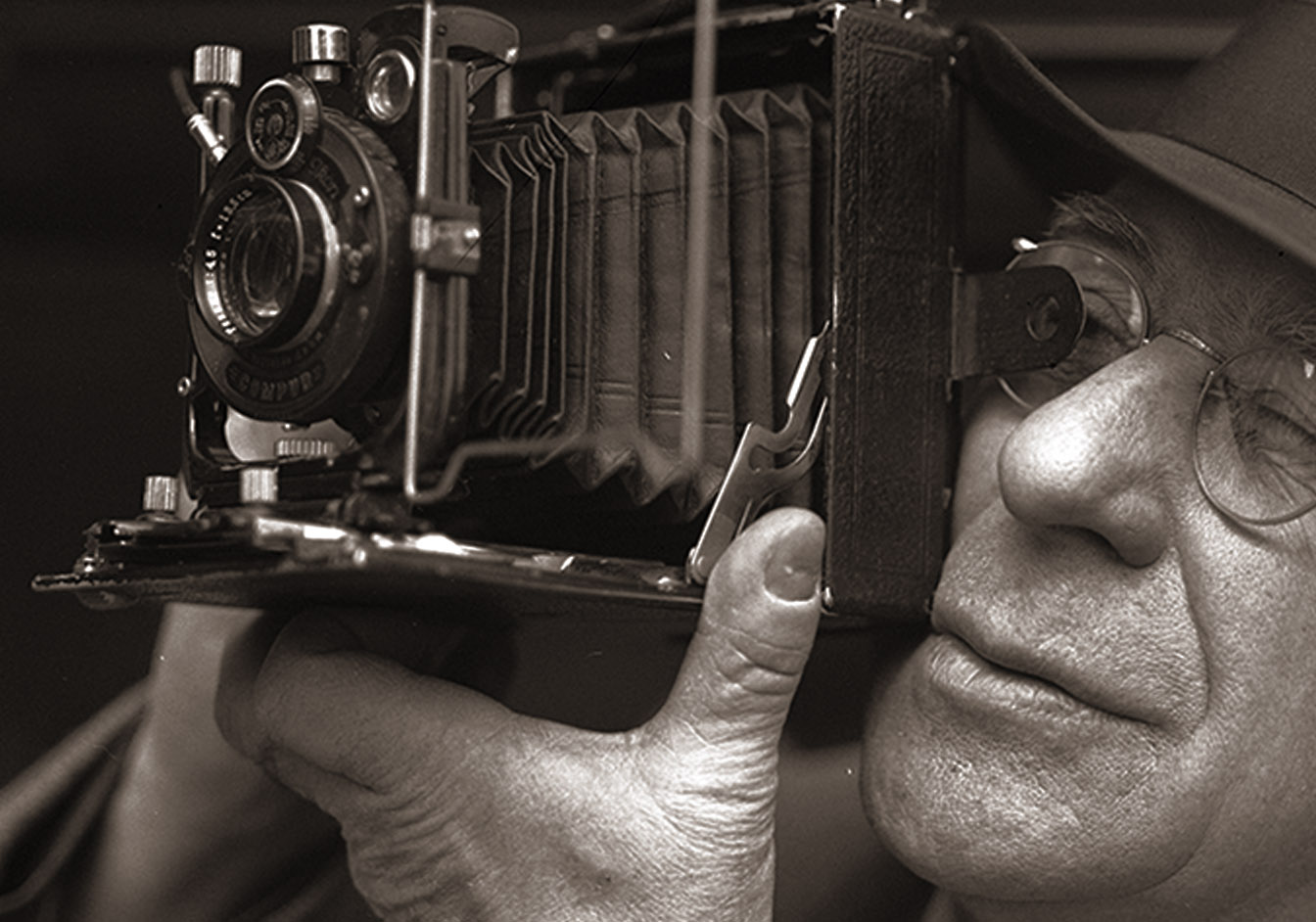Background on Shiladitya DasSarma
Shiladitya DasSarma, microbiologist and genomics researcher, was a faculty member at the University of Massachusetts Amherst from 1986 to 2001. He was born in Kolkata (Calcutta), India, in 1957. His father, Dr. Basudeb DasSarma, was a chemist in the Department of Pure Chemistry at Calcutta University and Chief Chemist of the Geological Survey of India. Seba DasSarma, his mother, was a high school English teacher. In 1966, his father became a faculty member of West Virginia State College’s Department of Chemistry after the expansion of U.S. immigration to include non-Western and Northern European countries through the Immigration and Nationality Act of 1965.
DasSarma developed an interest in science from a very early age. He was the valedictorian of Dunbar High School’s class of 1975. He took courses at West Virginia State College and conducted research alongside his father during high school, coauthoring his first publications with him on coordination chemistry as a teenager. DasSarma studied at the University of Rochester for a year after receiving a scholarship and the Bausch and Lomb science medal. In 1978 he graduated with honors in the chemistry department from Indiana University, where he had previously participated in a high school research program.
In the fall of 1979 he began his Ph.D. in the biochemistry program in MIT’s department of biology, working with H. Gobind Khorana and Uttam L. RajBhandary. As a second-year graduate student, he received a National Science Foundation (NSF) graduate fellowship for his research on the molecular biology of halophilic (salt-loving) microorganisms in the Archaea. During his graduate studies, he published three papers in the Proceedings of the National Academy of Science USA.
As a postdoctoral researcher, DasSarma worked in the department of molecular biology at Massachusetts General Hospital, at Cold Spring Harbor Laboratory, and Harvard Medical School’s department of genetics. He cloned cDNA for plant glutamine synthetase (GS) and expressed it in E. coli resulting in publications in Science and Molecular and General Genetics. He isolated a phosphinothricin (PPT) resistant GS gene mutation, which he patented, and researched at the Pasteur Institute to clone the gas vesicle protein gene gvpA from halophilic Archaea, which he published in Molecular Microbiology.
DasSarma was appointed to a tenure-track faculty position in the department of microbiology at UMass Amherst, where he returned to researching the molecular biology and genetics of halophilic Archaea. There he taught courses on genetics, genomics and computational biology. He received an NSF grant to research genetic variability in haloarchaea and a grant from the National Institutes of Health (NIH) on gene regulation in halophilic Archaea. He also established and directed a multi-user computer facility for the Five College Consortium, providing researchers with access to the NCBI DNA and protein databases, Blast service, and Genetics Computer Group software.
In the 1990s, DasSarma earned tenure and received NSF and NIH grants for the development of methods for cell flotation using buoyant gas vesicles, which he patented. Microscopist Lucy Yin and immunologists Bruce MacDonald and Elizabeth Stuart applied these nanoparticles for antigen display and vaccine development. This led to the creation of the company HaloGenetics with entrepreneurship professor Jim Theroux and postdoctoral associate John Halladay, on which DasSarma served as chief scientist. HaloGenetics and the DasSarma laboratory programmed E. coli to synthesize gas vesicles with support from an NSF Small Business Innovative Research grant. In 1998, he was promoted to Professor and served as Visiting Program Director at the NSF. He edited a multi-author work on halophiles entitled Archaea-A Laboratory Manual and developed MolGenT, a molecular genetics computer tutor, in collaboration with Bev Woolf supported by NSF funding.
Notably, in 2000, he led the team that completed the genome sequencing of the first halophile–among the first of archaeal and microbial genomes. He collaborated with the University of Washington’s Leroy Hood and Victor Ng, a former graduate student. The annotation work and bioinformatic tools developed by DasSarma’s team were pivotal in the early stages of genomics. Twelve international laboratories formed the Halobacterium Genome Workshop for annotation. The sequence was the cover article in the Proceedings of the National Academy of Sciences USA.
Following his time at UMass Amherst, DasSarma served on the faculty of University of Maryland from 2001 to 2010. He taught in the Biotechnology Institute, Center for Marine Biotechnology, and the Life Sciences Graduate Program and is currently a professor of microbiology and immunology at the University of Maryland School of Medicine. He proposed the “Purple Earth” hypothesis, concerning photosynthetic life forms of early Earth, and is increasingly focusing his work on the environment, the climate crisis, and sustainability--work for which he has been recognized by the University of Maryland, Baltimore (UMB) Office of Sustainability, which named him a Sustainability Champion in April 2025.
DasSarma is married to Priya DasSarma, a microbiologist, halophile researcher, educator, and former manager of his lab. The two developed microbiology teaching kits utilizing Halobacterium sp NRC-1 for high school and college students. They have two children.

